Papers by Per Kristian Rekdal
Høgskolen i Molde - Vitenskapelig høgskole i logistikk, 2017
Det finnes også en tilhørende samling med komplette eksamensoppgaver til disse løsningene. Samlin... more Det finnes også en tilhørende samling med komplette eksamensoppgaver til disse løsningene. Samlingen med oppgaver finnes i en egen PDF-fil, separert fra dette løsningsheftet. Gratis: Både samlingen med løsninger og tilhørende samling med eksamensoppgaver kan lastes ned gratis via Høgskolen i Molde sinåpne kursportal www.himoldeX.no.

arXiv (Cornell University), Jan 30, 2018
In an exact quantum-mechanical framework we show that space-time expectation values of the second... more In an exact quantum-mechanical framework we show that space-time expectation values of the second-quantized electromagnetic fields in the Coulomb gauge, in the presence of a classical source, automatically lead to causal and properly retarded electromagnetic field strengths. The classical-independent and gauge invariant Maxwell's equations then naturally emerge and are therefore also consistent with the classical special theory of relativity. The fundamental difference between interference phenomena due to the linear nature of the classical Maxwell theory as considered in, e.g., classical optics, and interference effects of quantum states is clarified. In addition to these issues, the framework outlined also provides for a simple approach to invariance under time-reversal, some spontaneous photon emission and/or absorption processes as well as an approach to Vavilov-Čherenkov radiation. The inherent and necessary quantum uncertainty, limiting a precise space-time knowledge of expectation values of the quantum fields considered, is, finally, recalled.
Journal of Physics: Conference Series, 2006
ABSTRACT We derive atomic spin relaxation rates near metallic and superconducting surfaces. Our r... more ABSTRACT We derive atomic spin relaxation rates near metallic and superconducting surfaces. Our results are based on a quantum-theoretical treatment of electromagnetic radiation near absorbing bodies. We show that there exists an atom-surface distance for which the expected relaxation rate becomes maximal and we discuss its dependence on the skin depth of the substrate material. In view of this effect we examine the possible use of superconducting materials. Furthermore, we discuss the influence of absorbing materials on spatial coherences in optical lattices.
In this paper we investigate the various aspects of noise and order in the micromaser system. In ... more In this paper we investigate the various aspects of noise and order in the micromaser system. In particular, we study the effect of adding fluctuations to the atom cavity transit time or to the atom-photon frequency detuning. By including such noise-producing mechanisms we study the probability and the joint probability for excited atoms to leave the cavity. The influence of such fluctuations on the phase structure of the micromaser as well as on the longtime atom correlation length is also discussed. We also derive the asymptotic form of micromaser observables.
arXiv: Quantum Physics, 2006
This is a reply to the Comment on 'Spin Decoherence in Superconducting Atom Chips' [arXiv... more This is a reply to the Comment on 'Spin Decoherence in Superconducting Atom Chips' [arXiv:quant-ph/0610095 (2006)].
Using a consistent quantum-mechanical treatment for the electromagnetic radiation, we theoretical... more Using a consistent quantum-mechanical treatment for the electromagnetic radiation, we theoretically investigate the magnetic spin-flip scatterings of a neutral two-level atom trapped in the vicinity of a superconducting body. We derive a simple scaling law for the corresponding spin-flip lifetime for such an atom trapped near a superconducting thick slab. For temperatures below the superconducting transition temperature Tc, the lifetime is found to be enhanced by several orders of magnitude in comparison to the case of a normal conducting slab. At zero temperature the spin-flip lifetime is given by the unbounded free-space value.


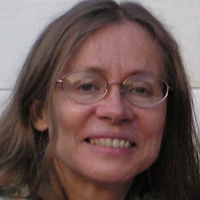
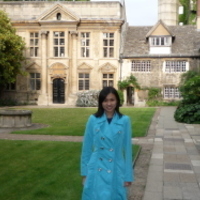


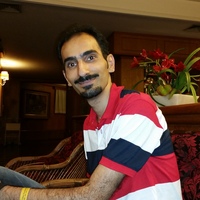

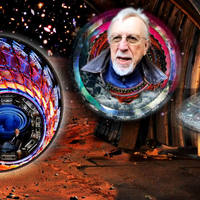

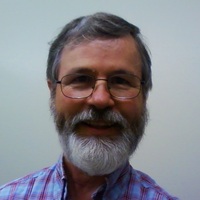
Uploads
Papers by Per Kristian Rekdal